While New Zealand is famous for its endemic oddities, once upon a time New Zealand also had many birds from groups and families that are no longer found here. There were once two species of goose, a merganser, and a pair of raven species. More curious was the owlet-nightjar, an already obscure group to begin with, but made all the more astonishing by virtue of its flightless and ground living lifestyle. The mysterious piopio were recently recognized for what they were, New Zealand’s representatives from the oriole family. And eagles. New Zealand had eagles.
Today, by way of birds of prey New Zealand is somewhat deficient, having a small and attractive falcon and a floppy-winged harrier, and that’s about it. Once upon a time there was a much larger forest harrier, Forbes’ Harrier, and the all-time ultimate bird-of-prey, the Haast’s Eagle. This massive eagle, with a wingspan on up to 2.6 metres, was the largest eagle to grace the world, alive or dead. The species was likely large enough to pose a threat to people, and given its predisposition to attacking two legged creatures, namely moa, it is likely that it may well have prior to its extinction.
There was, for a time, another eagle, but you don’t hear much about it. It’s a curious story, and I’ll relate it here. The other New Zealand eagle was also one described from the fossil record, from the collections of the very same Henry Forbes that the harrier was named after. In the 1950s bones collected by Forbes were identified as being of an unknown species of sea-eagle, and since they were from the Chatham Islands the species was described as the Chatham Island Sea Eagle, Haliaeetus australis. Right from the beginning the species was something of a mystery. The bones of t species were not at all what you’d expect from a New Zealand eagle, resembling the Bald Eagle of America rather than the much closer White-bellied Sea Eagle of Australia. Indeed, while one scientist ascribed the species to an entirely new genus, another commented that it was “not [distinguishable] from the Alaskan race of the Bald Eagle”.
So what was this unique bird of prey? Here’s a hint, no other bones of a sea-eagle where ever found in the Chathams, and Forbes is known to have collected midden material from British Columbia. Yes, the Chatham Island Sea Eagle was just a Bald Eagle, collected in America and misidentified due to poor record keeping.
So why have you never heard of New Zealand’s other eagle? Well, it’s hard to say, but is it impossible that the whole thing was, well, kind of embarrassing?






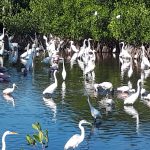
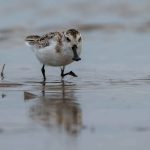
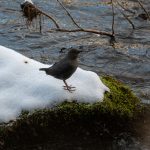
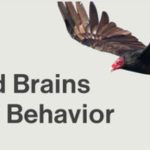

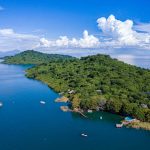

Leave a Comment